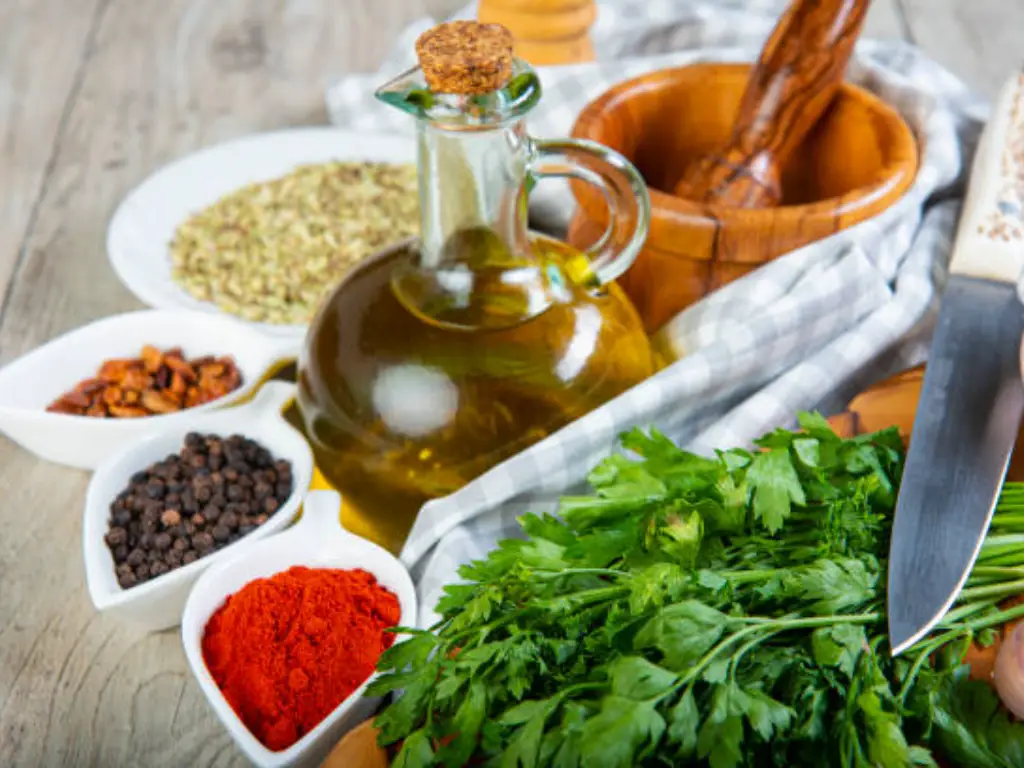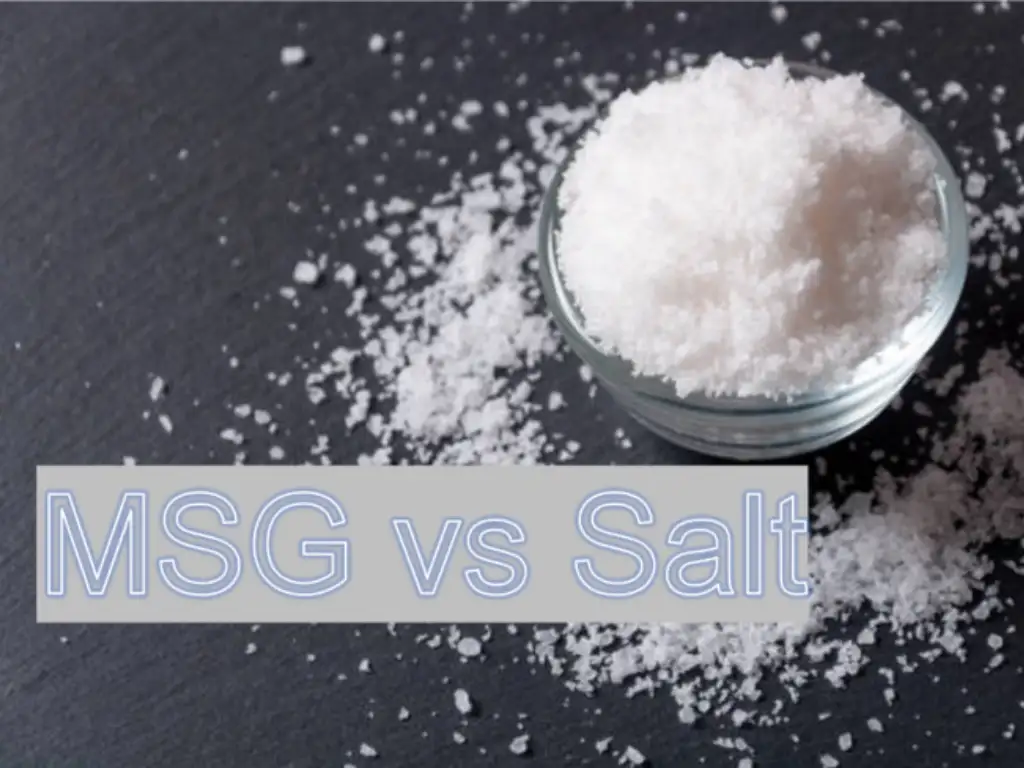- From Field to Flavor: How Are Spices Made - February 18, 2024
- Preserving Flavor: Do Seasonings Expire? - February 18, 2024
- Health Trends Impacting the Spices and Seasonings Market - February 18, 2024
Introduction to Seasoning Shelf Life
In the diverse world of spices, each sprinkle of ground spices or a flurry of herbs is a commitment to flavor, a silent pledge to transform the mundane into the exceptional. As someone who’s spent decades caressing the surfaces of cinnamon sticks, weighing the potency of chili powder in my palm, and aligning spice rack after spice rack, I’ve come to appreciate the dance of time with spices.
Imagine a New Year’s feast, where every dish is a reflection of the ‘mise en place’—a precise organization of spices and condiments, evoking the marvels of flavor. But as the wheel of time grinds forward, a question arises—do those beloved seasonings expire, and if they do, what symphony of taste are we left with?
What Does ‘Expiration’ Mean for Seasonings?
Understanding Flavor Degradation Over Time
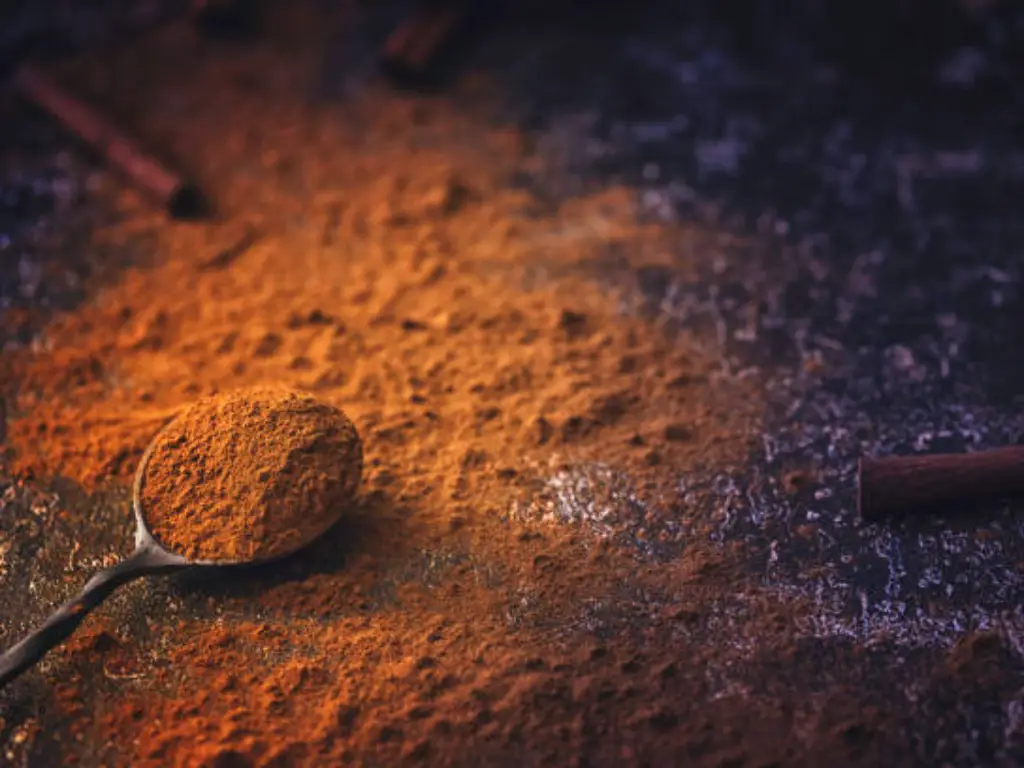

In the realm of culinary arts, the expiration of seasonings is less a matter of safety and more a nuanced shift in their sensory contributions. The longevity of their aroma, flavor, and potency is a complex interplay of environmental factors and intrinsic properties. Envision the act of retrieving your cherished oregano from the spice cabinet. As the lid unfurls, a faint aroma, a vestige of its once vibrant essence, subtly emanates. This phenomenon epitomizes flavor degradation—a gradual diminution of the complex molecular structures that imbue seasonings with their distinctive characteristics.
Despite their resilience to spoilage in the traditional sense, akin to perishables such as milk or meat, spices are not immune to the ravages of time. Even the most revered recipes, treasured through generations, cannot forestall this decline. A gradual dissipation of a spice’s potency is observed, with essential oils slowly vanishing into the ether, leaving behind but a faint echo of its original gustatory brilliance.
Differences Between Spoilage and Potency Loss
Consider the likes of cayenne pepper and basil, staples of the seasoning world. Their deterioration is not marked by spoilage as we typically understand it, but rather by a diminution in potency. An aged sample of black pepper, once redolent with a sharp, penetrating aroma, may now offer only a muted reminiscence of its former intensity. This subtle transformation, less about spoilage and more about a gradual ebbing of character, reflects a unique aspect of spice expiration.
The Science Behind Spice Deterioration
The deterioration of spices is a consequence of their exposure to oxidative reactions, UV radiation, and ambient moisture levels, all of which contribute to a diminishment of their integral flavor potency. These factors precipitate a complex series of chemical transformations that undermine the intrinsic properties of spices such as whole nutmeg and coriander, which are revered for proffering the most potent flavors. Over time, the volatile oils that are the essence of a spice’s aroma and taste begin to degrade, resulting in the gradual erosion of the qualities that once contributed to their robust profiles. While spices and seasonings do lose their potency over time, understanding their production process can help in preserving their freshness
The implications of such deterioration are significant; the once vivacious aroma and pungency, which are hallmark attributes of high-quality spices, diminish to a faint whiff, scarcely detectable to the olfactory senses. This degradation not only impairs the spice’s organoleptic characteristics but also poses the risk of spoilage, where the compromised organic material becomes a substrate for microbial growth, rendering the spice an unsuitable and potentially unsafe ingredient for culinary purposes.
| Spice | Form | Shelf Life |
| Basil | Dried | 2-3 years |
| Black Pepper | Whole | 3-4 years |
| Cayenne Pepper | Ground | 2-3 years |
| Cinnamon | Sticks | 3-4 years |
| Coriander | Ground | 2-3 years |
| Nutmeg | Whole | 4-5 years |
| Oregano | Dried | 2-3 years |
| Paprika | Ground | 2-3 years |
| Rosemary | Dried | 2-3 years |
| Turmeric | Ground | 2-3 years |
Signs That Your Seasonings Have Expired
Identifying Loss of Aroma and Flavor
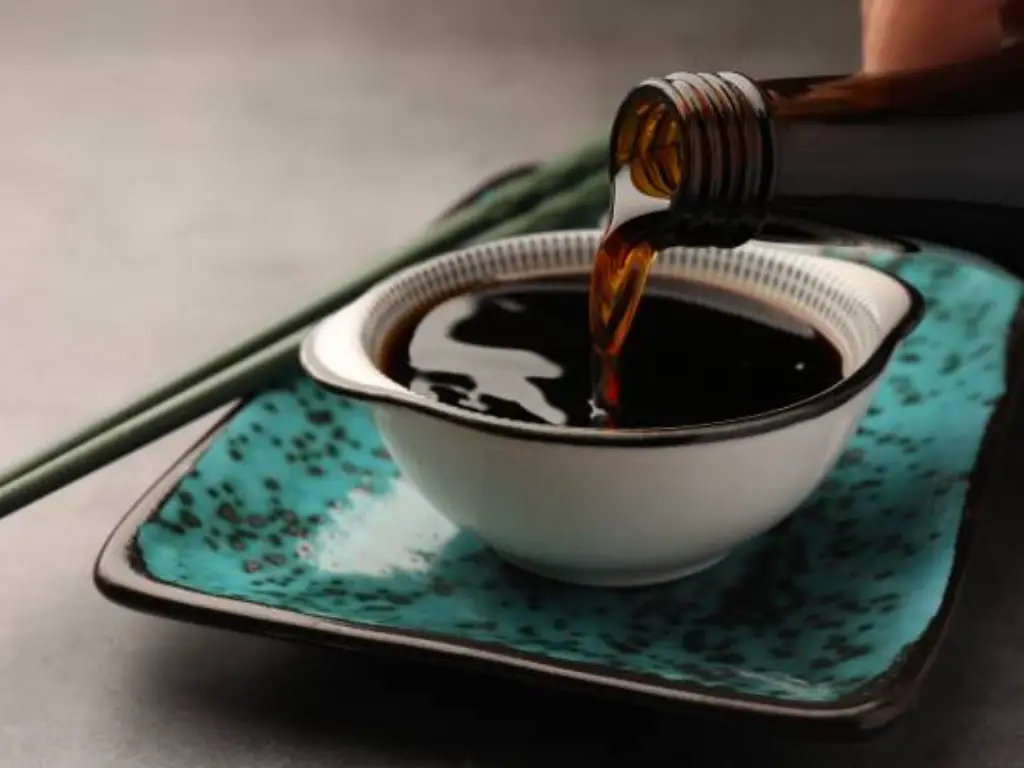

Perform the smell test, it’s both an art and necessity. An aromatic bouquet of sage or rosemary should embrace your senses, a hallmark of freshness. But when that embrace fades into a meager handshake, consider it a sign—your seasonings have turned the page.
Visual Indicators of Spice Quality
Beyond the nose, there’s sight. Rich hues dwindle, vibrant reds and deep greens surrender to time, leaving a hue more akin to a memory. Poppy seeds that once promised a pop of flavor now rest idly, a testament to the passage of time.
Do Homemade Spice Mixes Expire Faster?
Concocting your own spice blend, that heady mix that’s synonymous with family gatherings and holiday jubilees, has a hidden clock. Its expiration, like a whimsical spice potpourri, is entwined with the lifespan of its individual components, often hastened by their union.
How to Extend the Shelf Life of Your Spices
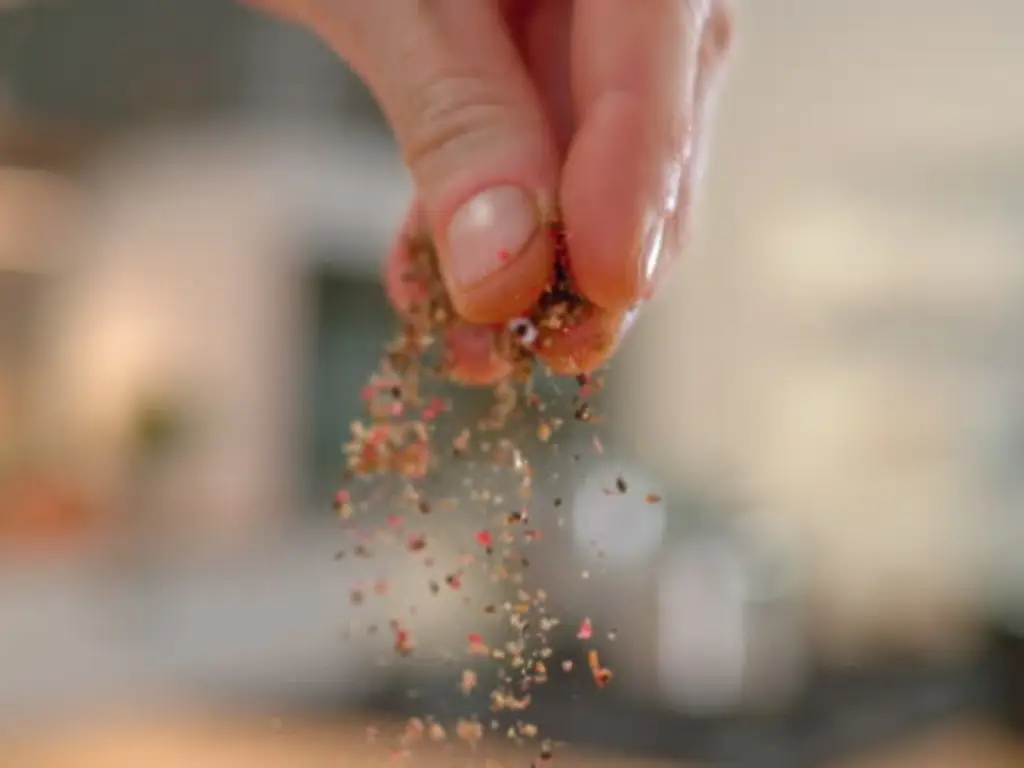

The endeavor to prolong the vibrancy and efficacy of your spice collection necessitates a meticulous and strategic approach. Foremost in this pursuit is the selection of an appropriate storage solution – airtight containers, which serve as bulwarks against the encroachment of external elements that precipitate flavor degradation. These vessels should be strategically placed in the cooler, less illuminated recesses of your pantry, an environment conducive to preserving the integrity of the spices.
Furthermore, a keen awareness and proactive stance against moisture infiltration are paramount. Moisture acts as a catalyst for a host of deleterious reactions, leading to the rapid diminution of aromatic potency and the onset of spoilage. Vigilance in this regard, coupled with the aforementioned storage practices, form the cornerstone of effective spice preservation, ensuring that each pinch and sprinkle from your collection retains its intended culinary impact.
The Misconception of Expiration Dates on Spice Jars
Interpreting ‘Best By’ Dates
Emprinted on the bottoms of jars or tucked away on back labels are whispers of ‘best by’ dates. This subtle suggestion is often mistaken as an expiration date, an end all for use. Yet, it’s merely an opening act in the play of shelf life, a debut of peak performance rather than a finale.
When to Trust Your Senses Over Labels
Trust your senses—they are the seasoned soothsayers of the kitchen. Your taste buds, the curious detectives that they are, will pick up on the nuance, or the lack thereof, of that dash of paprika or pinch of dill.
Health Risks Associated with Old Spices
The ghost of a spice, haunting your spice drawer with no aroma or color, is often harmless. Yet, time may invite unwanted guests such as mold—silent marauders that may harbor health risks. A vigilant gaze and regular purges of your spice collection can foretell and prevent such unwelcomed events.
Refreshing Your Spice Cabinet: When to Replace
An epiphany struck me as I stood before my own spice ledge—he who singularly chases ‘best by’ dates will find only frustration. Renew your spices in tandem with their genuine freshness, not the call of the calendar. When the melody of taste fades, it’s time for a new stock.
Culinary Uses for Aging Spices
An older pinch of turmeric or dried ginger need not be discarded. With a stroke of creativity, they can find new life in a myriad of ways—fragrance for your closet, a colorful addition to homemade crafts, or even an ingredient in your seasonal décor.
In the hands of a chef, a spice nearing its twilight still holds secrets—subtle hints that can augment broths or steamed delights, a whisper of heat, or a recollection of sweetness, lingering on the tip of the tongue.
Conclusion: Embracing the Full Potential of Your Spices
The journey of a spice is a tale entwined with time, patience, and an understanding of their life cycle. There is no black and white ‘expiration date’—there is only the symphony of flavor, of smell, of color, and their interaction with our senses.
To truly preserve the vibrant chapters of your spice collection, embrace this intricate relationship with time. The dance of potency, the spectacle of age—it’s all part of the seasoning’s narrative, a narrative that is as rich and complex as the spices themselves.




